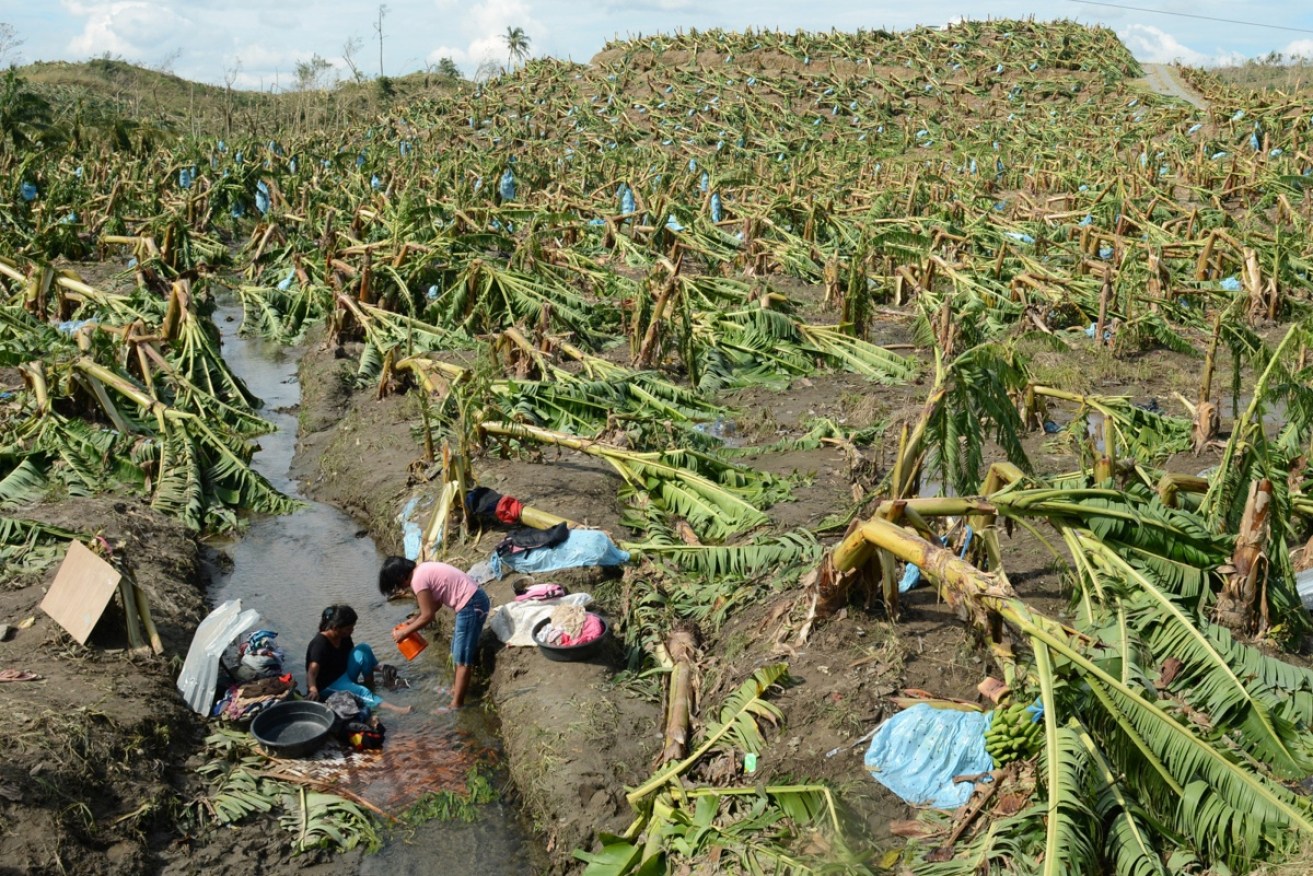Bananas face global extinction in as little as five years


A newly identified disease strain has the potential to wipe out the world's banana crops. Photo: Getty
The beloved banana could soon be a thing of the past if scientists are unable to devise a defence for a new fungal threat to the popular fruit.
Researchers at the University of California (UC), Davis, and in the Netherlands warn that the world’s bananas could be extinct in five to 10 years after they discovered a new “lethal threat”.
UC Davis pathologist Ioannis Stergiopoulos told UC, Davis the fast-evolving disease compound, known as the Sigatoka complex is made up of three fungal diseases – yellow Sigatoka, eumusae leaf spot and black Sigatoka.
Bananas are one of the world’s top five staple foods with about 100 million tons of the fruit produced each year in almost 120 countries.
Potentially catastrophic disease
The discovery of how three fungal diseases have now evolved into a potentially catastrophic disease was first reported in the online journal PLOS Genetics.
“It is really a wake-up call to the research community to look at similar mechanisms between pathogens and their plant hosts,” Mr Stergiopoulos said.
The report warned that the damage from Sigatoka would prove devastating to millions of small-scale farmers who depend on the fruit for food, fibre and income.
It said Sigatoka already reduces banana yields by 40 per cent.

Mr Stergiopoulos said bananas could be extinct in five to 10 years. Photo: UC Davis
The triple threat
Mr Stergiopoulos’ research found that the combination of the three fungal diseases not only shut down the plant’s immune system, but the metabolism of the fungi also adapted to match that of the banana tree.

Black Sigatoka is already known as one of the worst threats. Photo: Infonet Biovision
As a result, the fungi can produce enzymes to break down the plant’s cell walls to feed on its sugars and other carbohydrates.
To combat the threat by present day means, farmers need to make 50 fungicide applications to their banana crops each year to control the disease.
“Thirty to 35 per cent of banana production cost is in fungicide applications,” Mr Stergiopoulos said. “Because many farmers can’t afford the fungicide, they grow bananas of lesser quality, which bring them less income.”
The threat to the popular Cavendish banana is most dire.
Cavendish bananas are grown from shoot cuttings, which mean that all trees originated from a single plant and therefore a disease capable of wiping out one plant could destroy them all.

The threat is particularly high for the popular Cavendish banana. Photo: Getty.
“The Cavendish banana plants all originated from one plant and so as clones, they all have the same genotype,” Mr Stergiopoulos said.
“And that is a recipe for disaster.”
The Australian experience
The common yellow Sigatoka has for many years been endemic in Australia, but local banana growers have already witnessed the potential disaster of new strains of the fungal disease.
In 2001, Australia’s largest banana production area of Tully in far north Queensland was on the brink of being shut down after the virulent black Sigatoka strain was discovered.
Despite the fact that black Sigatoka had never previously been defeated anywhere in the world, Tully eradicated the disease thanks to an intense de-leafing programme and a weekly aerial spraying campaign covering around 4500 hectares.








